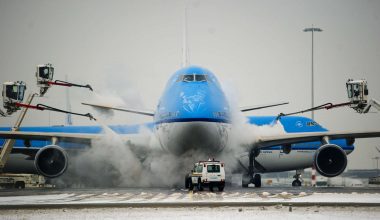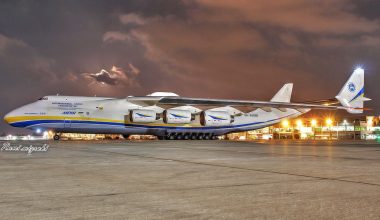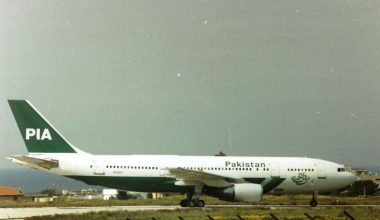When we are inside the aircraft, the pilots mention the aircraft’s speed, or we can see on the Inflight Entertainment (IFE) screen how fast the aircraft is cursing. However, we wondered how the aircraft would stop so quickly while landing with a speed of 250 km/h. It is all because of speed brakes, spoiler, and flaps present in the aircraft. So there might be confusion between these parts.

How do these work significantly speed brakes?
Speed brakes or flight spoiler are a type of flight control surface used by aircraft to increase drag or angle of approach during landing. Air brakes differ from spoilers in that air brakes are designed to raise drag while making no difference to lift, while spoilers decrease the lift-to-drag ratio and require a higher angle of attack to sustain lift, resulting in higher stall speed.
Read More
On several spoiler-equipped aircraft, several of the spoiler panels get a flight spoiler option, often referred to as “speed brakes.” In this application, the wing panels are symmetrically extended by pilot selection. The maximum deflection of the panels when airborne is usually restricted to an angle less than the deflection achieved in ground spoiler mode. Several aircraft have built-in safeguards that automatically control the speed brake’s retraction below certain airspeed, with flaps selected above a specified position or thrust levers set above a certain angle. Throughout the final stage of a landing approach, wing spoilers must not be deployed, as the induced loss of lift would result in a higher than usual stall speed, which could result in a hard landing.
History and importance
In the 1930s, air brake systems only used single flaps, manually operated by a cockpit lever, with mechanical devices running through the wings. However, to be successful at 740 mph, the air brakes needed to be mounted on the fuselage for better wing control and controlled by some form of steam or hydraulic mechanism, enabling the pilot to physically pull the lever to produce an unnecessary amount of air resistance.
The idea of fuselage-mounted air brakes, or speed brakes, has spread throughout the 1930s, gradually becoming more popular in the 1940s. In the 1930s, the pilots would land with the aircraft’s nose angled upward at a 45-degree angle for quick landings to effect rapid deceleration. With this approach, drag or resistance is increased by 300 percent, and the distance needed to land reduced to one-third of the average stopping distance.
This wing-mounted design allowed the effective surface area of the flaps to be increased by 100 percent for landing, generating significantly more drag than the conceptual fuselage design and resulting in a sharper reduction in airspeed. This meant that the pilot could see the landing strip in front of the plane, as there was no longer a need to turn the nose upward at a steep angle near stalling speeds.
Various types of brake panels were tested for newer jet aircraft. The flat panel would have the most air resistance, thus decreasing the airspeed more efficiently, but the enormous amount of stress on the panel rendered it unsuitable for high-speed flights at the time. With the jet aircraft’s excessive speed, these forces may be too much for the brakes to manage. Also, with no air passing through the brake panels, the slightest turbulence or change in air pressure may scatter the aircraft.
With slotted or perforated brake plates, the airflow distortion is substantially reduced, making the aircraft more stable when braking at high speeds, but at the expense of the rate of deceleration.






